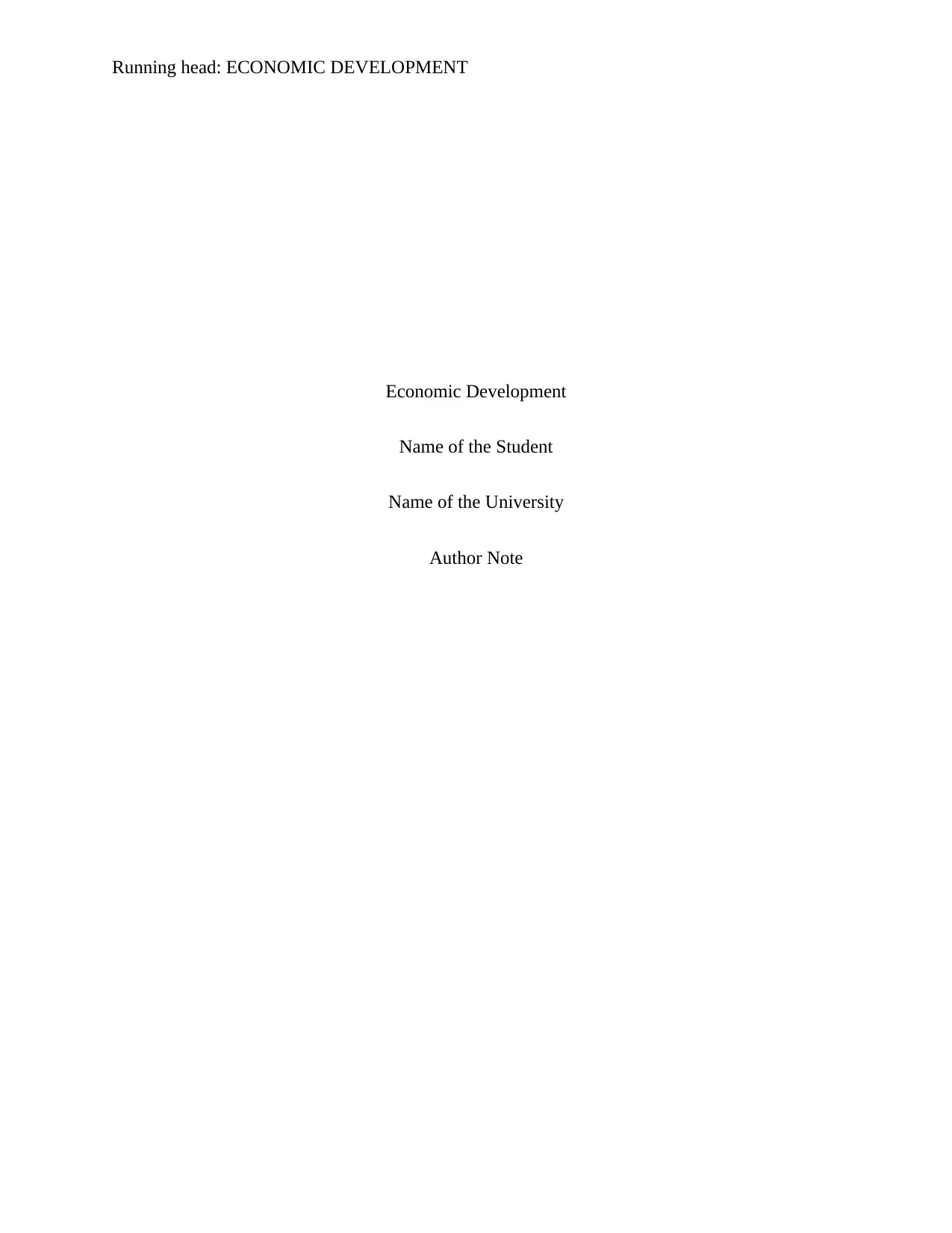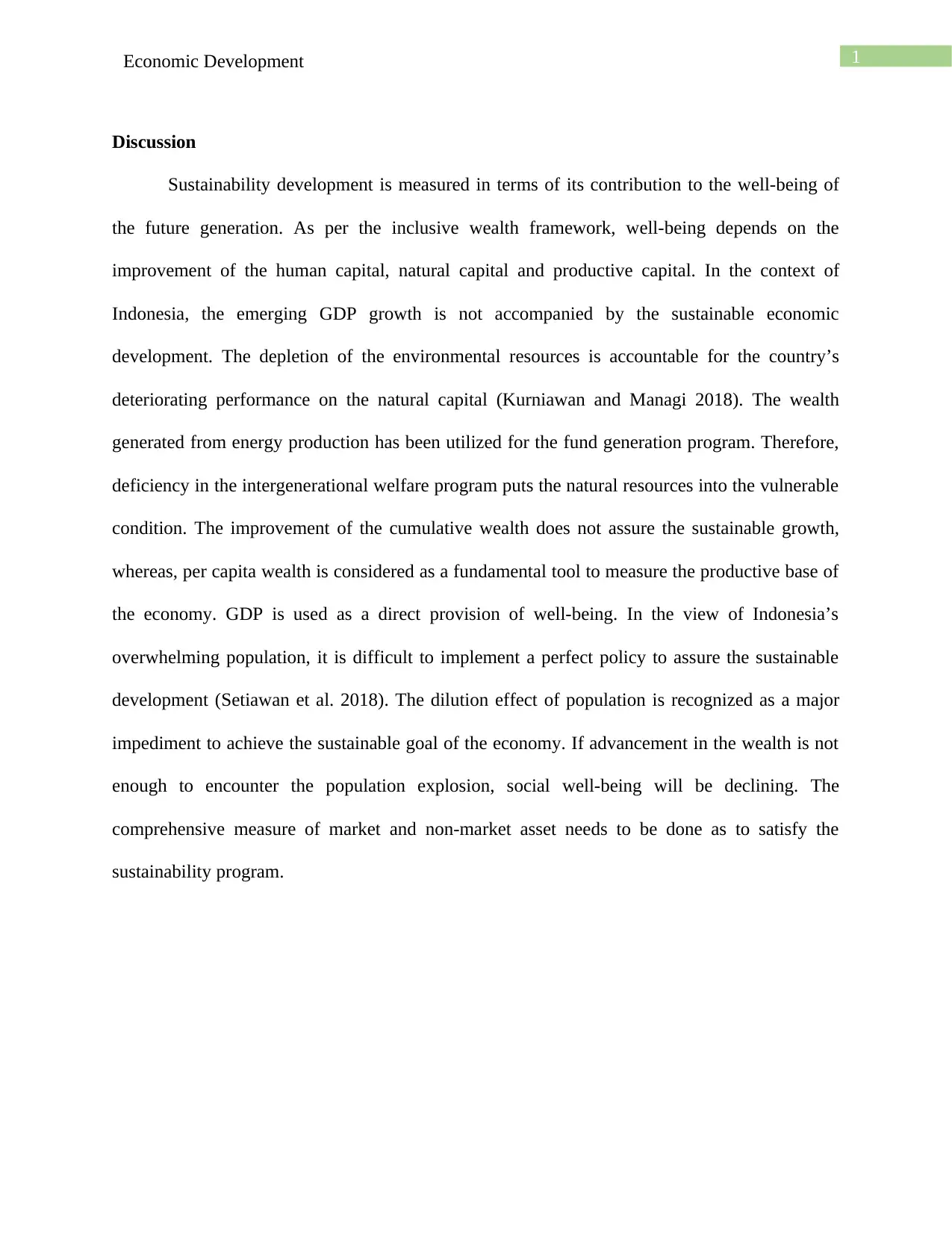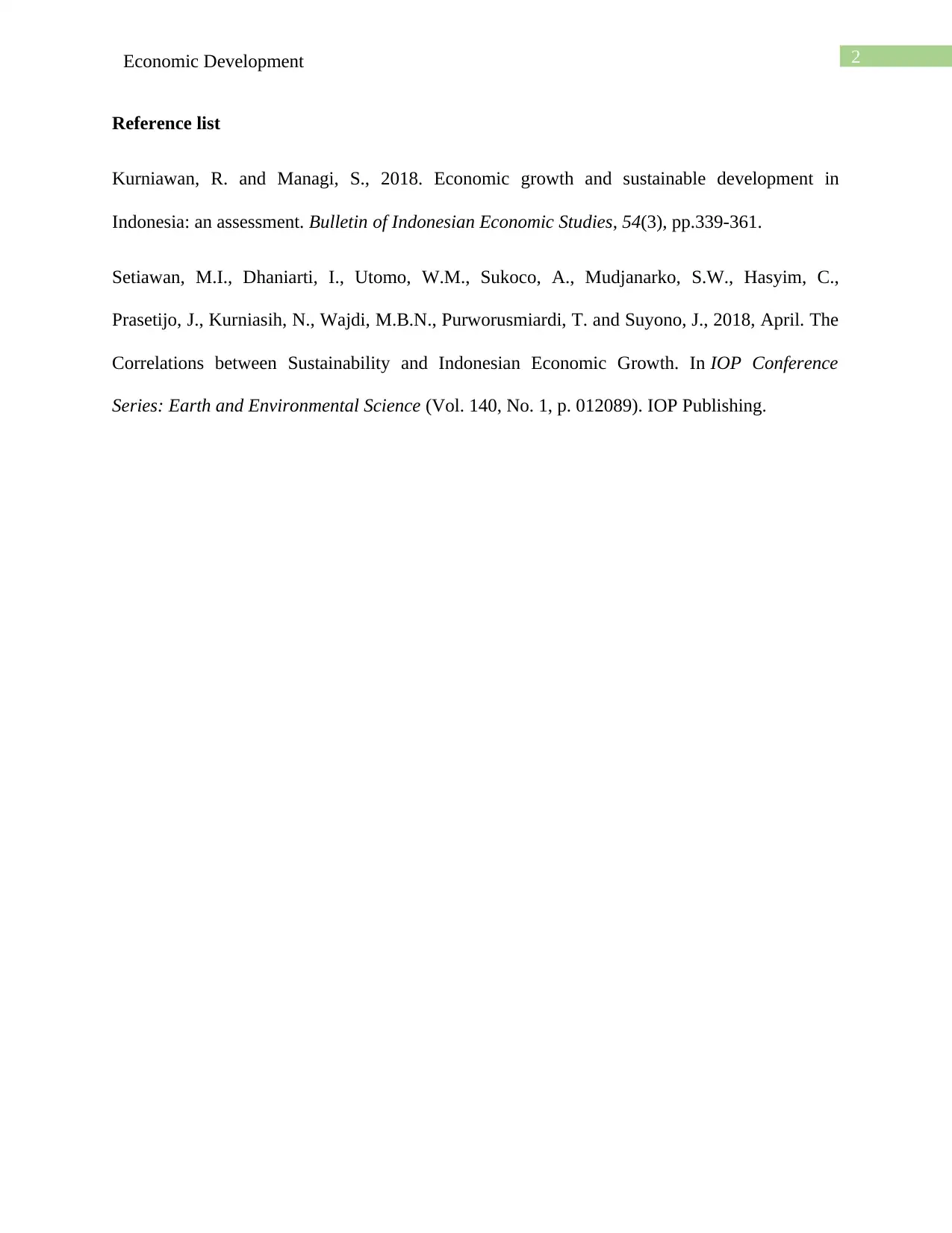University Economic Development Presentation: Indonesia Analysis
VerifiedAdded on 2022/08/24
|3
|392
|18
Presentation
AI Summary
This presentation analyzes the economic development of Indonesia, focusing on the period between 1990 and 2014. It discusses the findings of the journal article by Kurniawan and Managi (2018), which uses an inclusive wealth framework to assess the nexus between sustainability and economic growth. The presentation highlights that while Indonesia's inclusive wealth growth is positive, the 'dilution effect' of its population has outpaced this growth, affecting per capita wealth. The presentation explores the depletion of environmental resources, the impact of energy production on wealth generation, and the challenges in implementing policies for sustainable development due to Indonesia's large population. It also evaluates the article's strengths, weaknesses, and areas for improvement, and provides an overall assessment of its readability and comprehension. The analysis covers the relationship between GDP and well-being, the importance of measuring both market and non-market assets, and the challenges posed by population growth in achieving sustainable economic goals.
1 out of 3










![[object Object]](/_next/static/media/star-bottom.7253800d.svg)